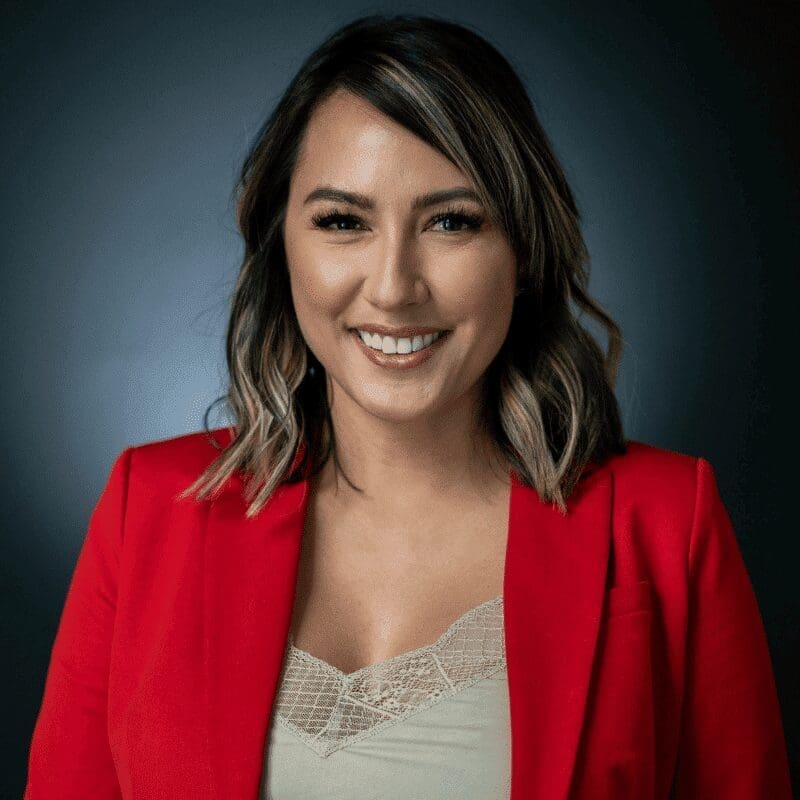Public speaking is a critical part of both public relations and public affairs. Being confident, understanding your audience and organization, and succinctly conveying communicative messages all play an important role in public speaking.
Here’s a fun fact, did you know most people would rather die than have to speak in public?
From Jerry Seinfeld…
“According to most studies, people’s number one fear is public speaking. Number two is death. Death is number two. Does that sound right? This means to the average person, if you go to a funeral, you’re better off in the casket than doing the eulogy.”
Now, it’s likely that your position within public speaking is not that dramatic, and you only need a few pointers on how to strengthen your delivery and presentation to benefit your agency, organization, or business.
Take note that public speaking has the power to help us influence decisions, formulate connections and generate change, but there are many mistakes we see in this space that we want you to be aware of and avoid.
Not tailoring your message to its intended audience is a mistake we see far too often, while on the technical side of things…dumping too much data at once and rushing through the content are other public speaking tendencies that should be eliminated ASAP.
Now, here are some tips, tactics, and tricks to assist you in efficiently delivering a public message, now and in the future!
Build Your Confidence
Public speaking can be terrifying, we understand. But know that the more you do it, the easier it will become.
It’s important to understand that if you want to come off as confident when delivering your message, be sure to truly understand the material at hand. Sometimes our nervousness comes from the fear of the unknown, and questions in our head arise that suggest that we may be asked something we do not have the answer to; the more you practice, research, and learn about the topic, the easier it will be to deliver the message, confidently. Writing down the talking points and reading them out loud is a great way to build comfortability when public speaking.
Also, when delivering your message, remember your audience does not know what you’re going to say. So if you miss or skip a point, don’t worry; keep going and return to it as soon as you wrap up your current point.
Try not to read from a script unless you have to. There is no one better to share this communication than yourself. Remember that.
Be sure to make eye contact with your audience and refrain from holding a piece of paper because if you are indeed nervous, your paper will start to flutter from your shaking; it becomes more evident when an object is in your hand.
Who is Your Audience?
Defining your audience is a key component when speaking in public. Have you ever attended a speaking engagement or press conference and did not understand a single word that was shared? Yes…we’ve been there too. Avoid all jargon.
When delivering a public speech, before even drafting your talking point, ask yourself, “Who is my audience?” Is your audience the general public, law enforcement agency professionals, entrepreneurs, fire captains, college students, or members of a legal association? Always be sure to write your talking points according to your audience. Put yourself in their shoes; if you had their background, would you understand the material?
From Harvard Division of Continuing Education…
“Before you begin to craft your message, consider who the message is intended for. Learn as much about your listeners as you can. This will help you determine your choice of words, level of information, organization pattern, and motivational statement.”
Organize Talking Points
Always remember to organize your talking points. Could you imagine if a public figure or the CEO of a Fortune 500 company stood in front of an audience and just started talking, jumping from the middle, back to the beginning, before landing at the end? It would sound like a mess.
Be sure to place the most important talking points at the beginning of your speech. A majority of the attention placed on your message will be at the beginning, before people’s attention span wears out.
From Harvard Division of Continuing Education…
“Create the framework for your speech. Write down the topic, general purpose, specific purpose, central idea, and main points. Make sure to grab the audience’s attention in the first 30 seconds.”
A startling piece of data or findings can generate an attention-grabbing introduction and set you up for a dynamic ending.
Keep It Concise
Anytime you speak publicly, we cannot stress the need to keep your message succinct. Eliminating any filler words or information that is not directly related to the topic, get rid of it…if a member of the media or public is interested in additional information, have them contact you via phone to learn more.
Staying on topic and reinforcing the focal point when delivering a public speech will ensure that your audience is following along, listening, and understanding all the way through. Of course, when public speaking, the context should be as long as it needs to be so you can get all your points across and share data, examples, and visuals, but no longer than that.
Remember, sometimes visuals implemented into your public speaking engagement can be distracting to your audience, so be strategic with graphics and images and use them only when discussing that specific topic or point, then get rid of them, as people may be distracted by visuals, which will take away from the message.
Be concise throughout, from beginning to end, with all talking points, visuals, and nonverbal communication.


